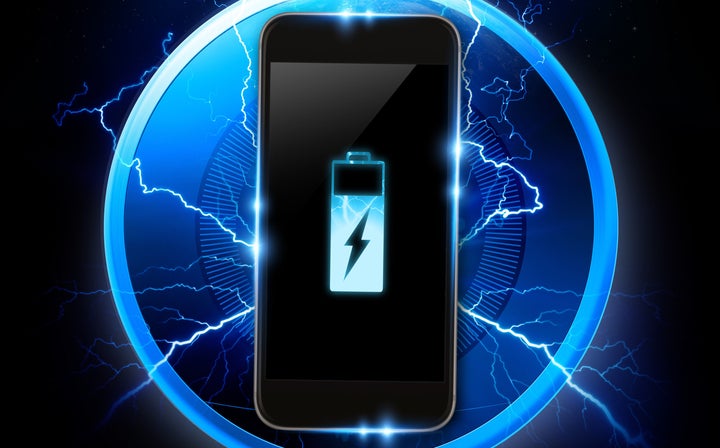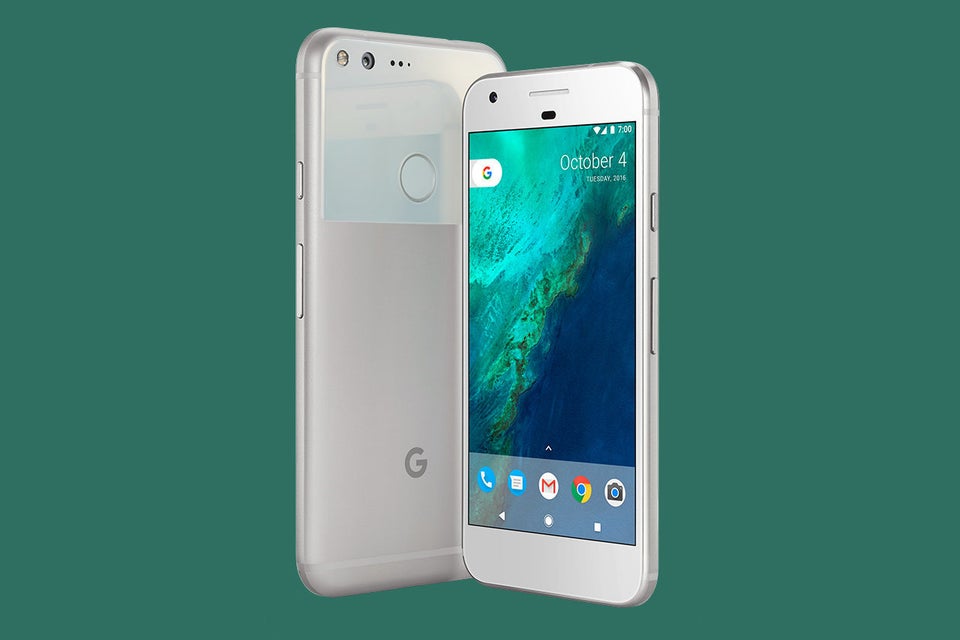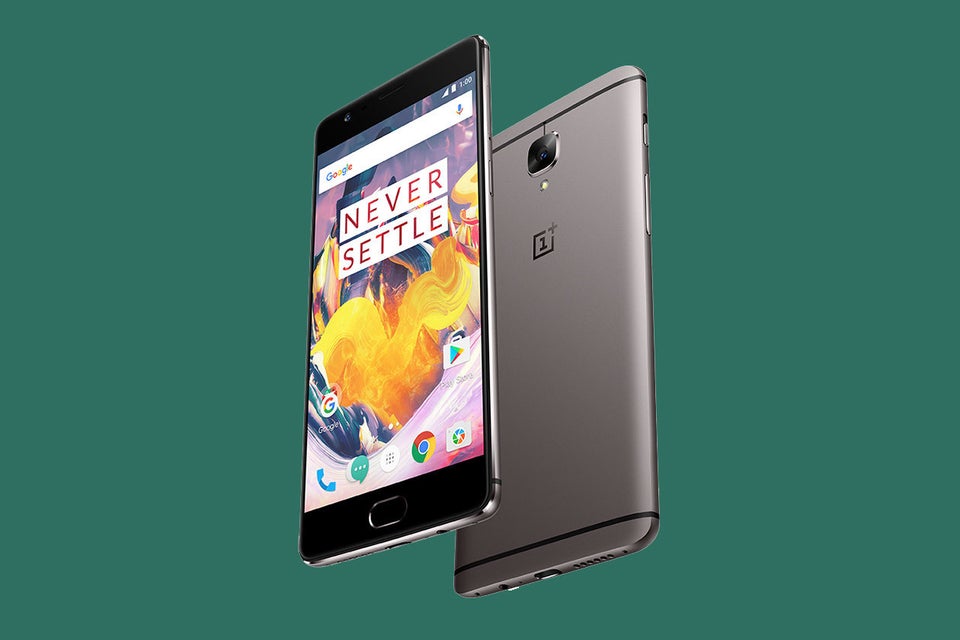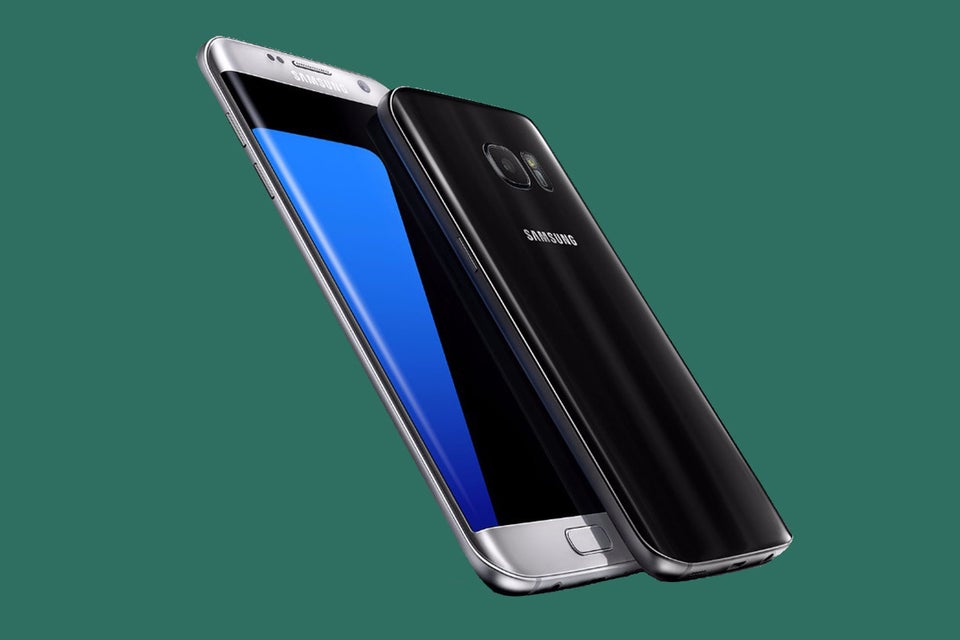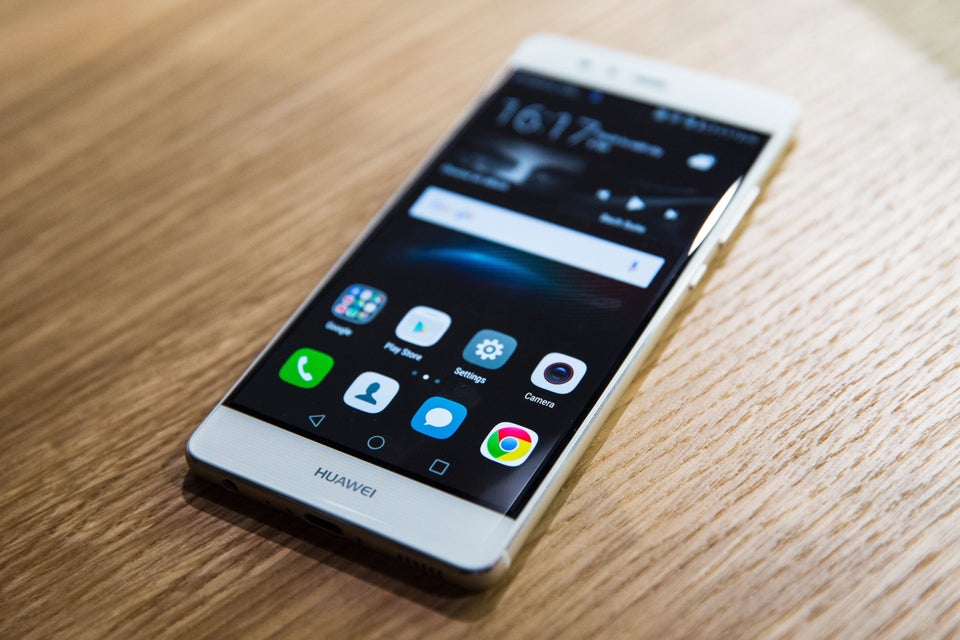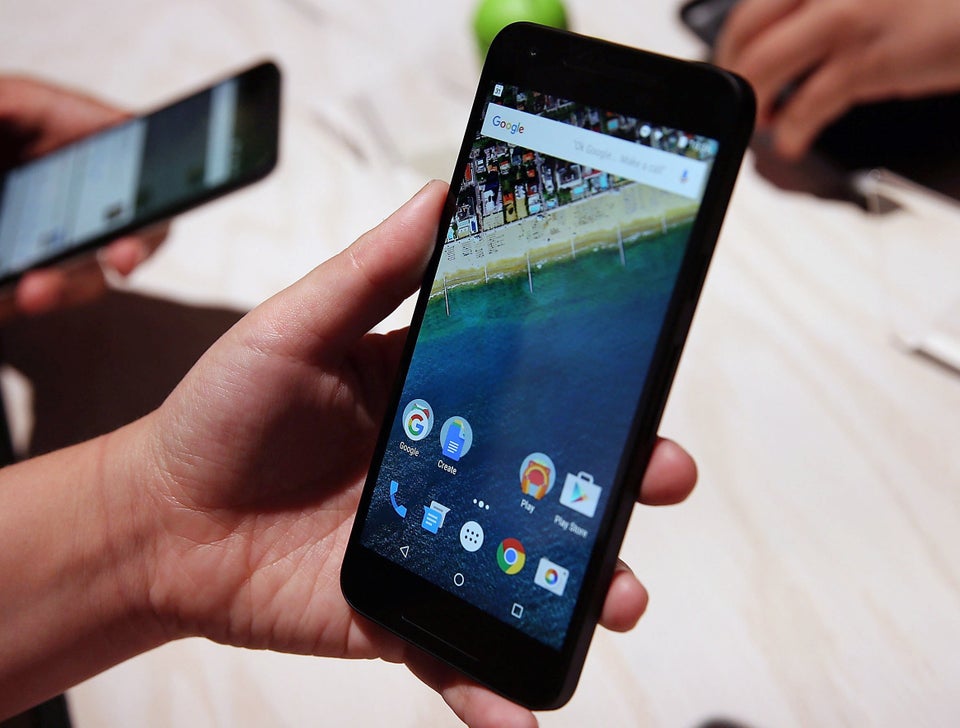Smartphone battery levels are being exploited to track users online, new research shows.
An API in HTML 5 enables sites to deliver low-power pages to mobile users of Chrome, Firefox and Opera who are short on battery.
But leading privacy advocates warned last year that the feature could be used for ulterior purposes. Now their fears have been confirmed.
Normally, when a user clears their cookies, a monitoring web script will see them as a new user.
But the battery status API in HTML 5 offers websites and adverts data about a users’ battery in both percentages and seconds, providing an identifier of individual phones.
Therefore, a script could link the “new user” to the known user through their battery data and continue to track them.
A year ago, researcher Lukasz Olejnik warned that the API could be used for this purpose. Two researchers at Princeton University have now proved that it has been.
Using a modified browser, Steve Engelhard and Arvind Narayan discovered two tracking scripts that used the API to identify devices, the Guardian reports.
Olejnik’s original research led Firefox to issue a fix and W3C, the international standards organisation for the web, to update their standard to reflect the analysis.
But the Princeton study will alarm privacy advocates who believe users should be able to search the web without being followed.
In a blog on the topic, Olejnik wrote: “Expected or not, battery readout is actually being used by tracking scripts, as reported in a recent study. Some tracking/analysis scripts (example here) are accessing and recovering this information.”
Olejnik also warns that the data could be used by companies to encourage users to pay more for some services when there phone is about to run out of battery.
Some browser vendors are now considering restricting and removing access to battery readout mechanisms, according to Olejnik’s blog.
The best smartphones of 2016
Apple iPhone 7
Eduardo Munoz / Reuters
This is Apple’s
best iPhone ever, and if we’re honest it’s one of their most innovative devices yet. It has an incredible camera, is water-resistant and boasts a stunning bright new display. Of course it can’t escape the rumours surrounding next year’s device but if you’re looking to buy a smartphone right now, and Apple are on your radar, this is the phone for you.
Google Pixel
The Huffington Post UK
This is Google’s iPhone. It’s that simple. As such there are achievements and compromises. If you’re after an incredibly well-built, powerful Android flagship, Google have given you a truly five-star smartphone. If you’re a photographer, the Pixel’s camera and cloud storage option make this a no brainer. It's not cheap though, with the XL costing over £800.
OnePlus 3T
The Huffington Post UK
The OnePlus 3T is simply a continuation of the ethos that makes OnePlus phones so good. It’s exceptionally well-built, powerful and offers you everything you could want in an affordable and meaningful package. No smartphone will give you more value for money.
Samsung Galaxy S7 edge
Bloomberg via Getty Images
With a new curved back and larger 5.5-inch display the
Samsung Galaxy S7 edge is more about evolution than revolution. The S7 edge now sports a water-resistant body, embedded camera and a MicroSD card slot. The S7 edge is also Samsung's most powerful smartphone yet, so powerful in fact that Samsung have actually had to equip a tiny water-cooling system inside the phone. The good news though is that means you'll never have to worry about getting a warm hand.
Apple iPhone SE
The Huffington Post UK
Incredibly, Apple's familiar-looking
iPhone SE manages to boast the same performance as its top-of-the-range iPhone 6s making it the most powerful 4-inch smartphone available. If you're keen to return to the days of one-handed texting then Apple's bite-sized iPhone is the smartphone for you.
LG G5
ASSOCIATED PRESS
The
LG G5 sets itself apart from rivals like the S7, Xperia XA and the iPhone 6s by being something utterly unique. The G5 is the first commercial 'modular' phone, allowing you to swap out the bottom for new accessories. So far there's an audio one made in partnership with Bang & Olufsen and a camera-focused attachment which gives you extra camera controls.
Huawei P9
JACK TAYLOR via Getty Images
The Huawei P9 is a smartphone designed for capturing life. Thanks to a partnership with photography legends Leica this dual-lens camera can take pictures that'll put your dedicated camera to shame. Of course it helps that the P9 is also a pretty great Android smartphone as well.
Google Nexus 5X
The
Nexus 5X strikes the ultimate balance between power and affordability. Taking over the responsibility from the frankly excellent Nexus 5, Google's new smartphone boast an ultra-light body but still crams in a fingerprint sensor, the latest version of Android marshmallow and a Full-HD display.
